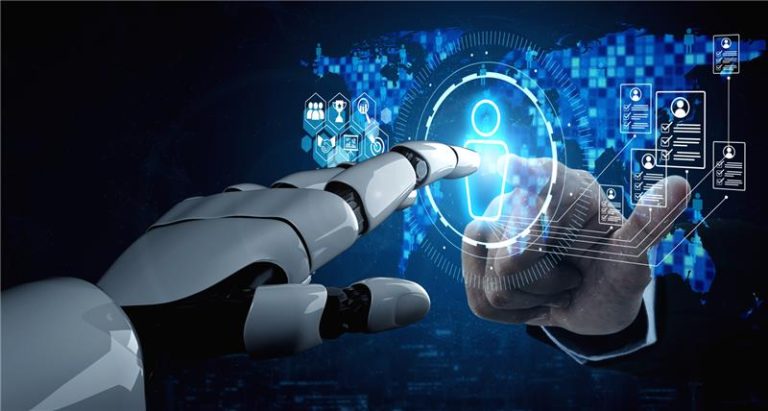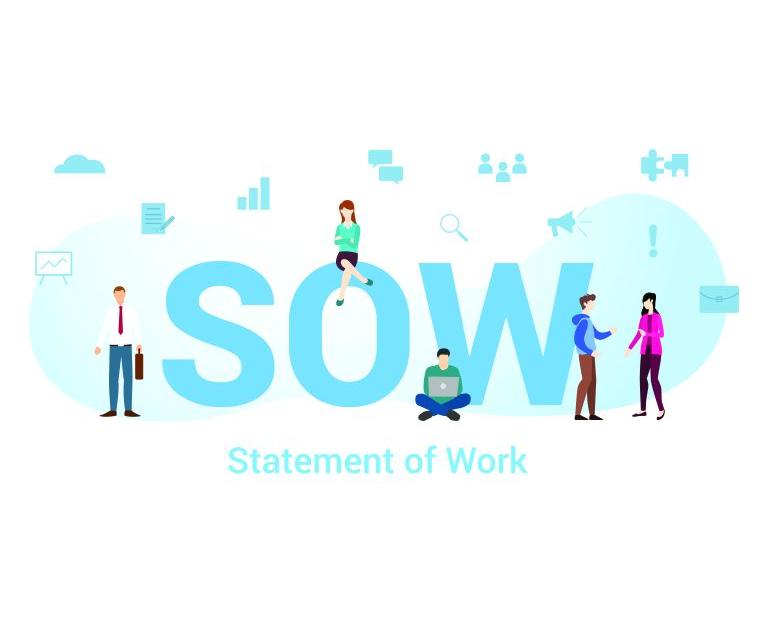How AI Is Redefining Human Connection in IT Staffing
“AI is not going to replace recruiters. Recruiters who are using AI are going to replace recruiters not using AI. It’s simple.” That’s how Tim Glennie, Managing Partner, BridgeView IT, framed the debate that has rippled through the staffing industry: is the recruiter role dying, or is it evolving?
The question is more than a philosophical one. As artificial intelligence and automation transform the recruiting process—from sourcing and screening to communication and analytics—staffing leaders are reexamining what truly defines a recruiter’s value. Across the industry, the consensus is clear: technology can enhance efficiency, but it cannot replicate empathy, culture, or trust.
AI as a Partner, Not a Replacement
Adam Conrad, Founder & CXO, Great Recruiters, put it plainly: “We’re living in a moment where AI and automation can handle more of the recruiting process than ever before, but it does raise some tough questions… Will AI replace or evolve the recruiter?”
Conrad believes the future lies in partnership, not replacement. “The goal isn’t for AI or humans. It’s AI and humans. The magic happens with the right balance between efficiency and empathy.”
That sentiment was echoed across the panel. While recruiters are embracing tools that reduce repetitive tasks, they’re also redefining how human connection adds value. For John Bemis, President, Benchmark IT, that balance is pragmatic: “Recruiters are going to have to evolve and be able to leverage the tools while maintaining the human touch and intuition that makes them a good recruiter in the first place—one without the other isn’t going to work.”
Where AI Adds—and Doesn’t Add—Value
For Glennie, the key lies in understanding where AI fits within the recruiter workflow. Tools can help with note-taking, sourcing, and screening—but they can’t replace a genuine conversation. “We’re truly living in a beta with all these AI tools… much like customers, candidates will just go away if your process feels too automated. They’ll go to the firm that makes them feel known.”
In other words, automation should clear the path for deeper human engagement, not eliminate it. AI can manage administrative friction, freeing recruiters to spend more time doing what only they can do: listen, interpret, and build trust.
Susan Robinson, Owner, Tech Talent Link, sees that same balance play out in her firm’s day-to-day operations. “We don’t implement technology for technology’s sake. We implement it because we’re trying to solve a specific problem.” For her team, AI helps manage overwhelming applicant volumes without compromising responsiveness. When a recent LinkedIn posting drew more than a thousand applicants, Robinson’s virtual recruiter handled the first round—allowing her team to focus on meaningful conversations with qualified candidates.”
The Human Element in a Digital World
Even as firms adopt AI-driven tools, the heart of recruiting remains the human experience. “Human connection and human interaction are still at the root of what this industry means and is all about,” said Robert Bouchard, COO, Tier4 Group. “That’s about a people-first strategy.”
Bouchard, who has led multiple AI implementations, warns that change management can be just as critical as the technology itself. “Adoption is earned, not enforced. We can’t push technology on our teams—it has to serve a purpose, not just novelty. Purpose beats novelty every time.”
That idea—of intentional, people-centered adoption—was shared by Michelle Sims, CEO, YUPRO Placement. Early on, she was cautious about AI’s impact on her firm’s culture. “I was afraid of it too,” she admitted. “But I decided to lean in instead of being scared. We built a policy for ethical implementation and did a company-wide rollout. AI can’t build culture—only people can.”
Transparency Builds Trust
Across the discussion, one theme kept resurfacing: the importance of transparency in how AI interacts with candidates and clients. Bemis’s firm made that a priority. “We wanted to be very transparent upfront. We even created a webpage explaining exactly how our AI recruiter works—why we use it, and how it helps candidates get in front of a human faster.”
That approach helps combat one of the biggest risks of automation: the “black hole” perception that candidates face when applying for jobs. As Bemis noted, “We never want to lose the human touch. Our motto is high tech with high touch. If in doubt, we always land on the side of being high touch.”
Conrad agrees. “Trust is the new currency. And trust is earned through transparency.” As more firms integrate automation into their processes, how they communicate about that technology will shape not just candidate satisfaction—but brand reputation.”
Guardrails for the Future
Even as the technology advances, the panel cautioned against over-reliance. Glennie likened AI adoption to “making a pot of gumbo—you want to make it tasty, but you can’t just throw in every ingredient.” The key, he said, is knowing your firm’s strengths and selectively using tools that enhance them.
Meanwhile, Sims emphasized the importance of ethics and boundaries. Her team built internal guidelines for what can and cannot be shared in company AI systems, ensuring confidentiality and compliance. “We talk about it every day. AI might support your metrics, but it’s human interaction that drives results.”
Bouchard echoed that focus on discipline: “We’ve all been guilty of chasing shiny objects. But transformation isn’t one big moment—it’s a series of adaptive choices.”
The Evolving Role of the Recruiter
In the end, the consensus among the leaders was unanimous: the recruiter’s role is evolving, not disappearing. Robinson summed it up best: “You can still have that human touch and still implement AI technology. It doesn’t have to be one or the other—but you have to be mindful about how to maintain it.”
Conrad closed with a reminder of what makes the industry resilient. “Technology might change the tools, but building trust, relationships, and experience will always belong to humans.”
AI may reshape the recruiter’s toolkit—but empathy, intuition, and connection remain the foundation of great recruiting. As these industry leaders make clear, the future of staffing won’t be defined by machines replacing people, but by people redefining how to use machines to serve people better.”
Listen to the full webinar on how AI is transforming recruiter roles here.












